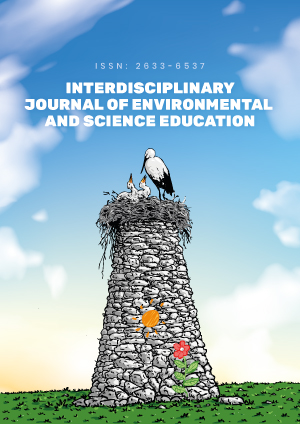Abstract
The purpose of this study was twofold: First, to document how students react to various natural and physical phenomena, and second, whether observation of these phenomena can foster students’ sense of wonder and their engagement with science content knowledge through self-directed inquiry. The sample consisted of forty-six 11th and 12th grade students from a variety of schools located in the wider metropolitan area of a European capital. They were all volunteers, who kept a journal, in which they wrote their ‘genuine’ feelings and thoughts about nine specific phenomena, when they first looked at them (first reaction), and during their investigation, if they did choose to pursue an investigation, in order to understand and/or learn more about them. Those phenomena were given to the students in the form of a photograph and a short videoclip. The students were given the option not to make an entry (i.e., write anything in their journals) if they thought the phenomenon was not worthy of their attention. A content analysis of students’ journal entries provided evidence for three major categories/reactions to natural phenomena, namely, (a) “admiration/perception of beauty”, (b) “intellectual curiosity” and (c) “admiration mingled with intellectual curiosity”. For some students, although a small percentage of the sample, the above categories could be considered student ‘profiles’, given that those students consistently expressed “admiration” or “intellectual curiosity” or “admiration mixed with curiosity” across all situations/phenomena. However, most students’ reactions and thoughts varied according to the situation/phenomenon they observed. All students, with the exception of those whose reactions fell within the first category, were engaged in self-directed inquiry for the purpose of understanding, and in some cases even learn more about, natural and physical phenomena. The implications of these results for science education are also discussed.
License
This is an open access article distributed under the Creative Commons Attribution License which permits unrestricted use, distribution, and reproduction in any medium, provided the original work is properly cited.
Article Type: Research Article
INTERDISCIP J ENV SCI ED, Volume 18, Issue 1, 2022, Article No: e2261
https://doi.org/10.21601/ijese/11340
Publication date: 11 Nov 2021
Article Views: 3751
Article Downloads: 3084
Open Access References How to cite this article
 Full Text (PDF)
Full Text (PDF)